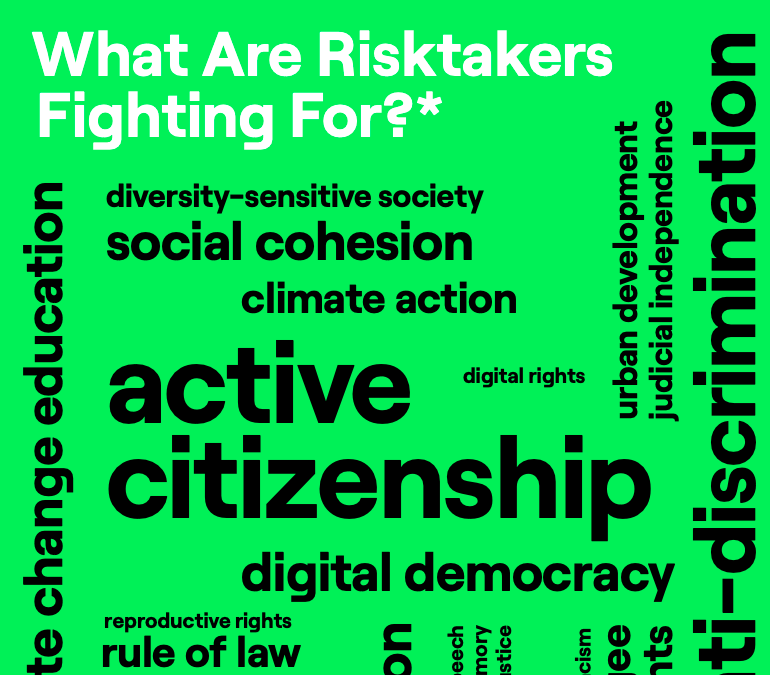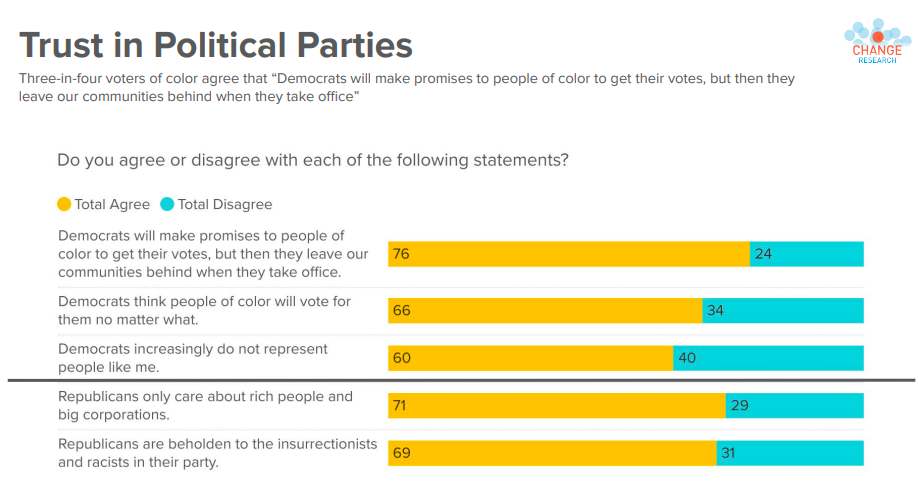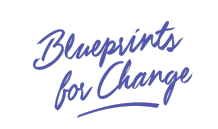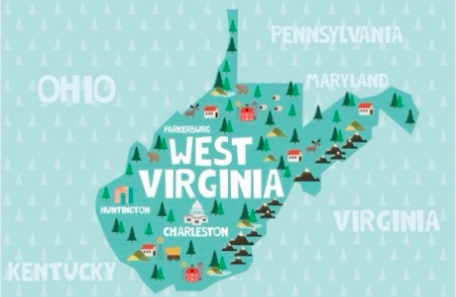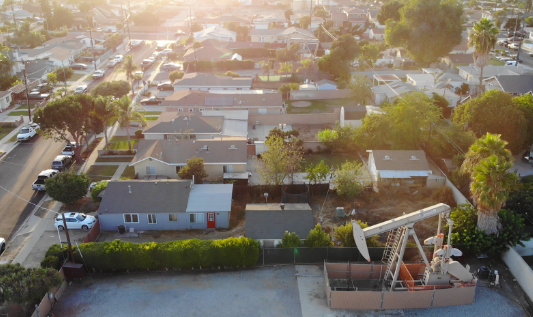Resources
Search below for resources covering the intersection of climate engagement, social science and data analytics.
RESULTS
What I learned building self-managing teams of volunteers at Sunrise Movement
Here are some tactics to use to successfully build a distributed voter contact program. In this resource, the Sunrise Movement’s former distributed director shares their lessons learned. Lesson one: Make time for a team launch, which is critically important for setting up a team that will work together effectively, improve over time, and contribute to the members' growth and learning. Lesson two: Create a team charter to serve as a reference during team calls, when orienting a new member, at a relaunch event, or whenever it's helpful to review the team's purpose and norms. Lesson three: Make norms explicit in order to protect against the assumption that everyone on the team enters with the same background, culture, and experiences and should be able to "read our minds" and guess our preferred ways of working together. The team launch and building the charter together creates commitment to the team and work outcomes, motivation for the work ahead, a sense of belonging, and shared ownership over team processes and outcomes.
Risktaker Pulse: How Social Movement Leaders Fight for a Better Future
Social movement leaders (aka “risktakers”) in Europe argue for four key lessons that could prove valuable for other movement leaders in the U.S. Unleash the power of networks: partnerships within and across countries can exponentially increase the effectiveness of each participant and the network as a whole. Tell a compelling narrative, also in collaboration with artists and creative minds: it’s important to tell a clear and accessible story about who they are and what they want to achieve—there is great potential in teaming up with artists and creative minds, who are often risktakers in their own right. Fight misinformation and disinformation: it’s important to fight misinformation and disinformation by (1) building strong relationships with media outlets and media personalities, (2) using social media strategically and (3) liaising more directly with government officials. Diversify systems of funding: the larger social movement ecosystem can offer quick and unbureaucratic access to much-needed resources.
Using Qualitative & Quantitative Research to Understand Rural Communities of Color
Rural voters of color need to see and hear from their local elected officials and candidates often, and not just before an election. They aren’t looking for pie in the sky plans; they want leaders to execute and to see results. When leaders deliver on priorities, it needs to be clear WHO delivered to get credit and build trust in the electoral process to make change. Unbiased, accessible candidate guides may empower these voters to participate. Motivating messages should reinforce their power to change things at the local level and reinforce community pride and the value of their opinions. We are not reaching these voters if we are not on social media and radio. This resource used both in-depth interviews and large-N surveys of Black, Latinx, and indigenous voters and nonvoters.
Intersectional coalition organizing by groups against Amazon may provide lessons for climate groups looking to enhance their coalitional power. Make affirmative community demands. Coordinate local and national organizing toward a unified objective. Adjust priorities, objectives, and tactics to achieve wins—while remaining true to the movement’s values. Connect across issue areas and sectors. Support worker organizing across diverse locations and segments of Amazon. Build upon investigations to break up Amazon and other big tech companies.
Grassroots Guide: Making Your Activism Accessible
There are some key ways for activists to make their spaces more accessible—to ensure everyone is welcome and encouraged to join movements in whatever way they can. These include: understanding the right choice of location for events/actions; meeting attendee needs; creating space for every identity; employ proper pandemic safety measures. For virtual events and meetings, consider preparation before the meeting and use specific in-meeting tactics. Regarding communications, use clear language and modes of communication that all potential audiences can understand. Write image descriptions. Also, be sure to foster a group culture dedicated to accessibility.
Grassroots Guide: Navigating Turnover In Activist Groups
There are some key strategies that grassroots groups can employ to avoid dissolving. These are especially helpful for student-run groups, which can struggle to pass along the group's resources and knowledge to the next generation of student organizers, as many lack a permanence of structure. These strategies include: support and guide new members via training and upskilling; build institutional memory; create a blueprint for group operations; have strong onboarding and outboarding processes; institutionalize involvement; engage with the student association/body; get teachers to support your campaign(s); outline institutions in your school; get support from staff unions; and create solidarity with staff causes. This report describes these strategies in detail. Some specific challenges by student groups have included: divestment organizers were concerned about groups who won and didn’t know where to go from there; groups have been struggling to navigate online organizing; there are ongoing concerns related to general turnover and capacity when students graduate (particularly those who have been members of a group for a while; a lack of support from former members leads to more energy and time needed to restart after a high rate of turnover; anger towards the school administration leads to forgetting about turnover periods, thus the workload for the next semester is larger.
The “Before Action Review” is a series of questions for a team to answer together to improve their collective project. The five questions are: What is our intended result? What are our success measures? What challenges will we face? What did we learn from last time? What do we think will make us successful this time? The “After Action Review” is a similar set of questions to digest together, as a team, after a project attempt: What is our intended result? What were our actual results? What caused our results? What lessons should we take forward for next time? These kinds of collective planning and processing create the conditions for people to develop their: knowledge — information or understanding gained from experience or education; skills — the ability to do something that comes from training, experience, or practice; and wisdom — the ability to contemplate and act using knowledge, experience, understanding, common sense and insight.
Protest movements: How effective are they?
Most protest movements have little success in achieving their aims, or otherwise positive outcomes—but a small percentage of protest movements will achieve outcomes large enough to warrant funding a portfolio of social movement organizations. This resource may be useful for grantmakers and advocates who want to pursue the most effective ways to bring about change for a given issue, particularly on climate change or animal welfare. There is solid evidence that protests can cause small changes in public opinion on an issue (swaying about 2-5% of the population). There is some evidence—but less—that protest movement activity can bring about policy change.
Building long-lasting grassroots power requires centering concrete issues and the humanity of individuals you’re organizing. Many organizations in West Virginia are cultivating organizers, building organizations that can sustainably organize local communities according to their needs for years to come, incorporating mutual aid, and more, in an effort to win and wield political power. In this article, The Forge contributor Mat Hanson discussed organizational strategies with multiple people involved in grassroots power building in West Virginia: Katey Lauer, co-chair of West Virginia Can’t Wait; Nicole McCormick, a founding member of the West Virginia United caucus and rank-and-file leader in the successful teacher’s strike; Dr. Shanequa Smith of Restorative Actions and the Black Voters Impact Initiative; and Joe Solomon, the co-founder and co-director of Solutions Oriented Addiction Response (SOAR), a volunteer-based organization that advocates for harm-reduction strategies to the opioid crisis.
Historic Environmental Justice Victory: City of Los Angeles is creating a pathway to phase out existing oil and gas wells
Residents, community organizations, and health care practitioners organized for over a decade to protect the health of residents on the front lines of urban oil extraction in L.A. In January 2022, the Los Angeles City Council voted unanimously to draft an ordinance to prohibit all new oil and gas drilling and to phase out existing drilling operations throughout the City of Los Angeles. This resource is based on an interview with Wendy Miranda (she/they), a community leader with Communities for a Better Environment (CBE) and resident, about the historic victory. The organizing strategy to get this victory involved various lobbying efforts, rallies, press conferences, petition collections, a wide range of community/organization endorsements, phone banking, and social media outreach. Overall, frontline residents providing public comments and sharing their personal experiences were some of the strongest and most powerful tactics. STAND L.A. will continue to be part of the process to help draft an ordinance and direct the City of Los Angeles on how to lead a genuine community participation process. Miranda shares that this victory is proof that frontline communities can lead the change toward a just, equitable transition to a clean energy future.
Pagination
- Previous page
- Page 5
- Next page

